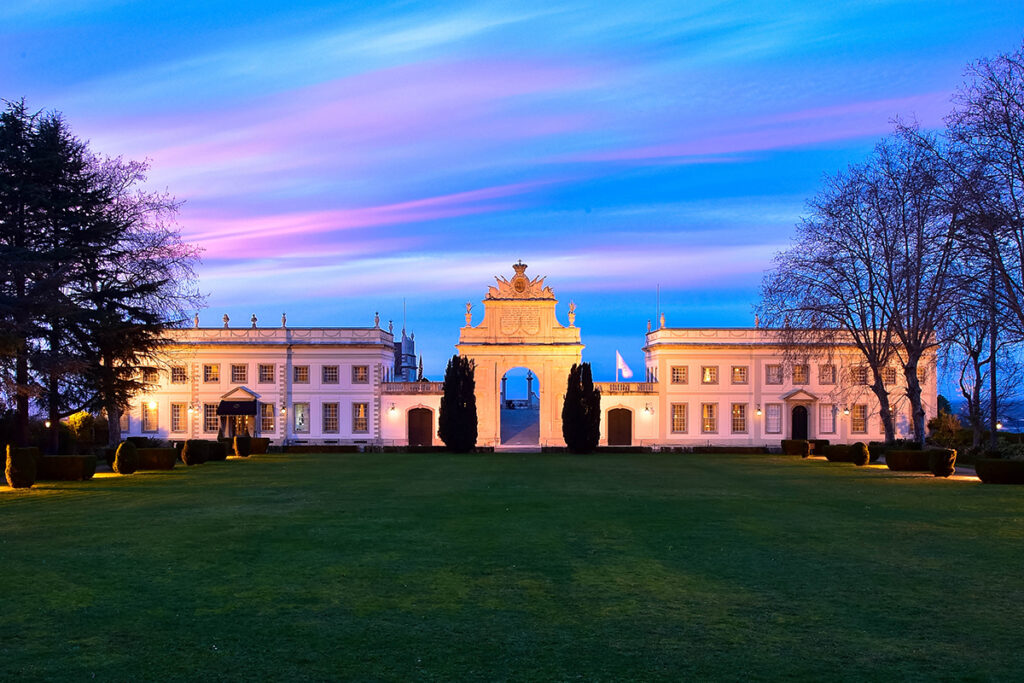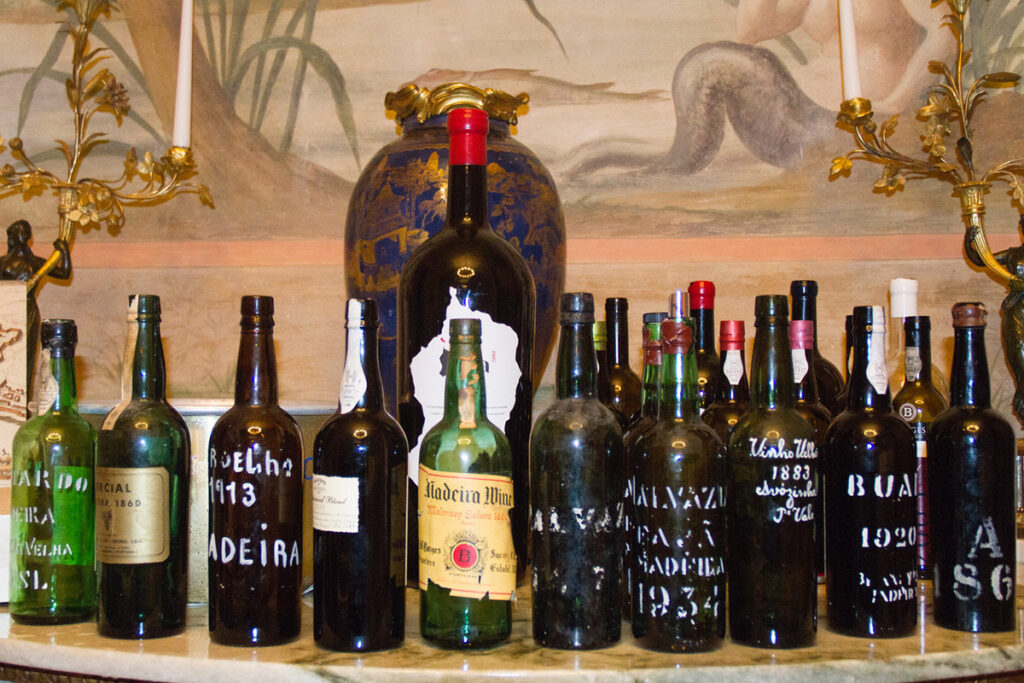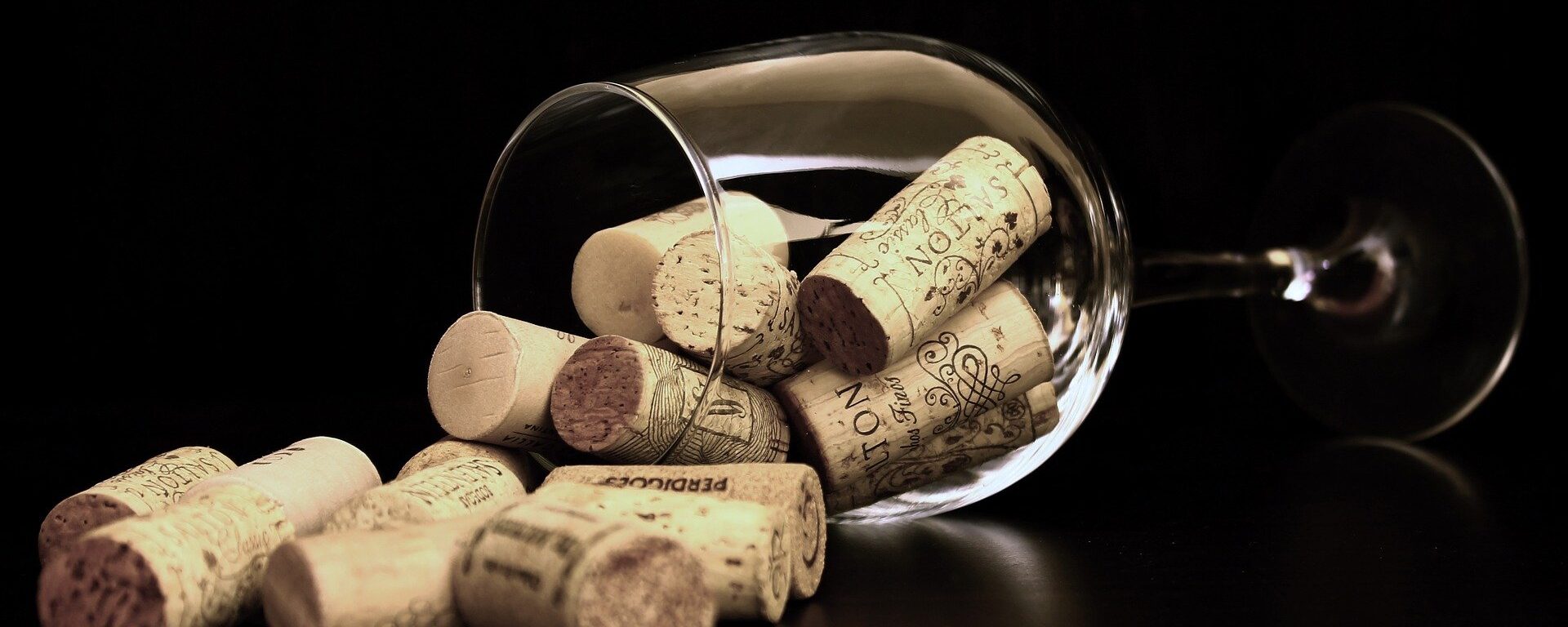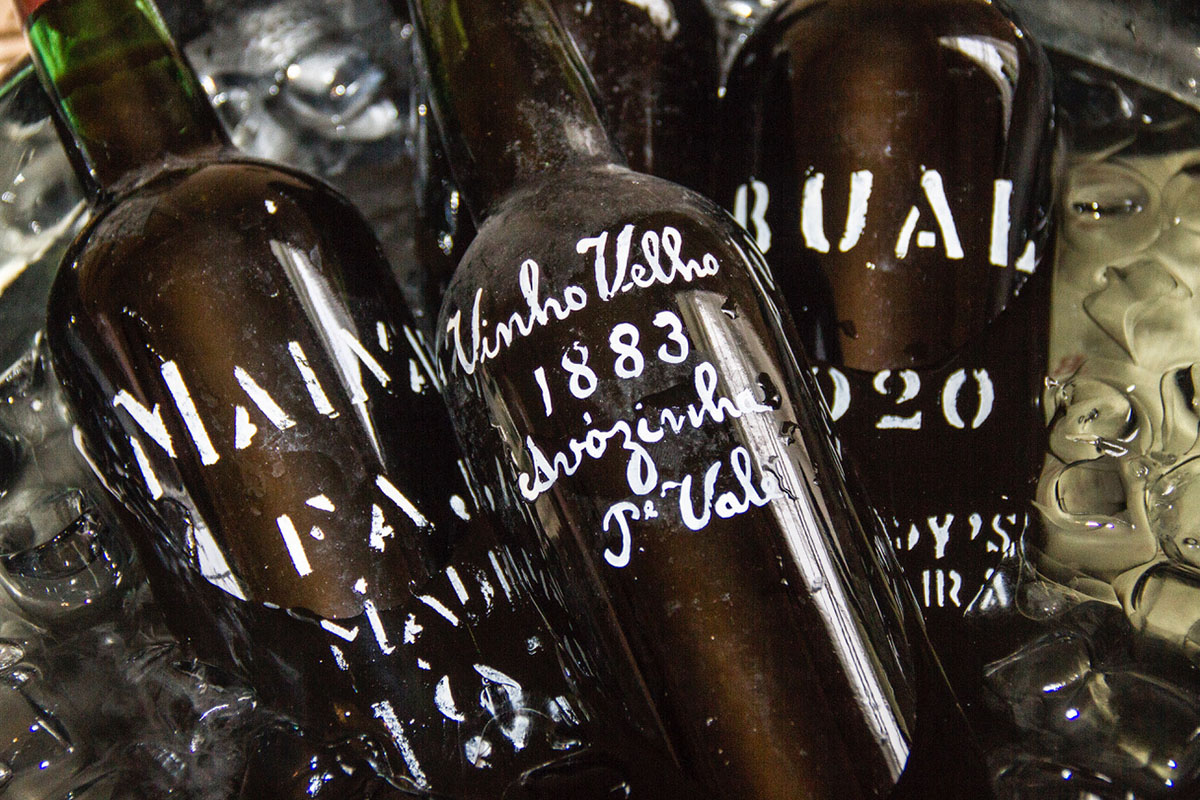There are wines that can be prose and poetry, that can be villains of time or guardians of memories. They challenge our understanding and sometimes make us feel like gods, sometimes ordinary mortals. At least once in our life we should taste wines like the ones presented in the second edition of the “Madeira Wine Experience”, at the Palácio de Seteais, in Sintra.
“The dream is wine, it is foam, it is yeast…”
We are assailed by these words of António Gedeão in the famous “Pedra Filosofal”. Also like him, a kind of alchemist poet, so many who make wine seem to want to provide pure and enchanting poetry. The difference is that they often do not write or pronounce a single word; they let the wine express itself.
It is difficult to escape writers and poets, to stick to the simple story of events, when everything looks like a tale and has Sintra by scenario. Better, the Palace of Seteais, in a rainy late afternoon on Saturday November. The setting is unique, not only for the outdoor gardens but for all the surrounding buildings and forest, in one of the most beautiful and understandably visited historical centers of the country.
Sevenais was built by the Marquis of Pombal in the 18th century for the Dutch consul and entrepreneur established in Portugal, Daniel Gildemeester. The consul had received a monopoly on the export of diamonds from the Marquis and had accumulated a lady fortune. He also owned the Palácio das Janelas Verdes in Lisbon. But even the best tales know setbacks.

Continuing on the writers’ path, the eternal Eça de Queirós, in “Os Maias”, would refer to Seteais to underline the sloppiness “of that vast terreiro covered with grass, with the palace in the background, messy, of broken glass (…)”.
Far, fortunately far away go those times of decline. In 1946, the State acquired the palace and from 1954 it was possible to build a luxury hotel there. The building, which will have been designed by José da Costa e Silva, maintains the classic and romantic side, being today an immaculate five-star Tivoli group. It houses more than 2,000 artistic works, from painting to tapestry, from engravings to porcelain, from furniture to oils and murals, not to mention mythological frescoes. There are 30 rooms in a palace that looks like a dream and that was, once again, chosen for a tasting with wines that also make us dream, sometimes even ramble.
Paulo Cruz, who that day celebrated the 91 years of the charismatic Bar do Binho, was walking in a lively circle. He had chosen Seteais for everything we described but, above all, for being an unusual stage for rare tastings like this second edition of the “Madeira Wine Experience”. The mentor of the also famous “Porto Extravaganza” is today one of the main promoters of fortified wines and more than being focused on special categories, he likes to promote moments in which expectations are simply not met, are surpassed.
In a room in Seteais, 40 privileged people were preparing themselves to taste nine rare and exclusive wines, which help to understand why Madeira Wine is immortal and indestructible. After all, if the oldest wine in tasting, Leacock’s Sercial Solera 1860, would promise many more decades of survival, where is the exaggeration?
In a meticulous process and literally working with tweezers, Paulo Cruz opened the bottles on the Wednesday before the tasting, decanting each wine respectfully and carefully. The day before, Friday, the wines returned to the bottles and were finally poured into the glasses hours before the tasting started. We looked at the support room, where the whole process took place, and it is very likely that a certain portion of the angels still make themselves felt there these days. We can interpret it as an elixir of eternal youth, if we weren’t talking about Madeira wines, but it is more rigorous to understand it as a perfume.

Finally seated in the main room, the first part was reserved for the presentation of the new Ilha project – three curious Madeiran DOP wines, a white blanc de noirs, a rosé and a red, exclusive to the Tinta Negra variety and signed by Diana Silva. New blood from the mal-loved variety in Madeira, reflected in a trilogy of wines that deserves to be tasted even for the curiosity of testing something different.
A pause has been taken and, one by one, the nine magnificent wines are arriving.
As it happens in these occasions, the level is so high that any wine that falls a few steps below the excellence can be quickly wronged. On the contrary, those who express themselves best easily take to the heavens, exhausting our predicates, crushing our descriptors.
Being impossible in most of these wines to affirm with all the certainties of the world the steps they have known so far – the eternal question of traceability of very old wines – it is still touching to see how they present themselves after so many years. Analyzing the notepad, acidity, freshness and longevity are among the most recurrent words. And that says it all, doesn’t it?
Like horses without brakes that have galloped the time with voracity and without fear of anything, many of these wines are still young although, in fact, they are already much more than centenarians. Leacock’s Sercial Solera 1860, for example, is about to celebrate 160 years (!) but it gives us the certainty of still having a lot of road to walk. Artur Barros Sousa Malvasia Cândia Fajã dos Padres 1934 impresses by the succession of layers of aromas and taste notes, having a remarkable viscosity. Blandy’s Bual 1920 is like the paradigm of a perfect Madeira Wine – in the elegance of the nose, in the integration of acidity with volume, in the distinct end. Better yet, it will be re-launched in 2020, this year with the extra sparkle of being centenary.
The tasting ends as almost always on these occasions, with the empty bottles placed in a kind of sanctuary, venerated and photographed dozens and dozens of times. But there are no “likes” in social networks that can fill our ego more than these wines. It is that in those moments, we, ordinary mortals, feel like them, the immortal wines.
The nine, one by one
- 19,5 / Blandy’s Bual 1920
Aloirado. Very elegant in the apetrolate aromas and of brief iodine, dry flower and tea leaf. The gigantic acidity is perfectly integrated with the volume and the final touch, reminiscent of tobacco, only values it. Combining it with a cigar can take us to Eden; to enjoy it alone is to feel like little gods. It will be relaunched in 2020. - 19 / Leacock’s Sercial Solera 1860
Aloirado. Notes of stubble and dried fruit. Very tense in the mouth, with a giant volume, where the acidity seems to cut the gums. It is close to 160 years old but remains young. Yes, new! It was on sale until the mid 80’s of the last century and who still has a bottle has wine for many other decades. - 19 / Artur Barros Sousa Malvasia Cândia Fajã dos Padres 1934
Mahogany. It convinces from the nose, but it’s impossible to adjetivar size the roll of notes: dried flower, caramel and caramelized fruit, iodine… all in successive layers. The structure is brutal and the end lasts for minutes. The viscosity that it leaves in the walls of the glass mirrors the portent that it is. What a wine! - 18,5 / 1875 Tower Winery
Aloirado. Notes of caramel and some liquor, slight varnish and salt bottom. It anticipates being fresh but is not given to facilitism. Acidity well integrated and austere side, almost bitter, that raises it of level. It was bottled again in 1963. - 18,5 / Father Vale Verdelho 1913
Aloirado. Very aromatic, with varnish in the foreground, followed by caramelized fruit and iodine. Like a wave, it balances structure and acidity until it projects an end that seems to have no end. A great wine! - 18 / Blandy’s Centennial Blend Eng. 1995
A blend of the five main white varieties in Madeira. Mahogany color. Nose of dried tea leaf, a medicinal note and a touch of vinegar. Sweetness and acidity in balance, having arguments to continue in bottle. - 18 / H.M. Borges Malvasia Solera 1880
Almost mahogany color. Brief caramelized, to which a dry leaf note and a kerosene complement are added. More expressive in the mouth, voluminous but always fresh. It’s another young man, who seems to be just now starting to walk. - 17,5 / Artur Barros Sousa Bastardo Reserva Velho Eng. 1996
Aloirado. With a discreet nose, salinity is the common and dominant denominator in all the evidence. Quite dry and affirmative, it ends with freshness. - 17 / Father Vale Avoinha 1883
Almost brownish. Aromatically distinct from all others. Very evident chemical note, reminiscent of iodine dye and varnish. Rough and rustic, leaving a final sensation heavier. From beginning to end is brute strength and structure.

